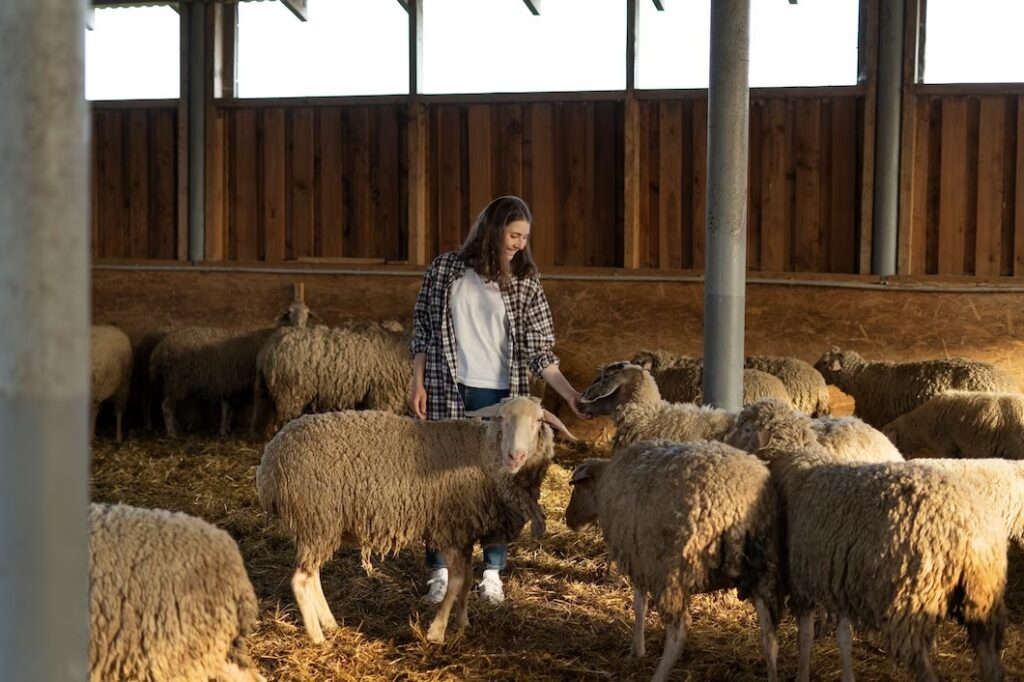
In the heart of rural Australia, wool shed facilities stand as a testament to the enduring spirit of the agricultural community. These structures, often decades old, are not just functional spaces for shearing sheep but are also integral to the social fabric of rural life.
Let us outline the importance of revitalising these iconic buildings, highlighting how modernising sheds can benefit both the wool industry and the rural communities they support.
The Historical Significance of Wool Sheds
Wool sheds have been a part of Australia’s landscape since the early days of settlement. They symbolise the country’s rich pastoral history and have played a vital role in the development of the wool industry, a significant contributor to Australia’s economy. Preserving these structures is not just about maintaining a functional space for wool production; it’s also about honouring our heritage.
The Current State of Wool Sheds
Many Australian wool shed locations have seen better days. With the passing of time, these buildings have become worn and less efficient, facing issues like outdated shearing equipment, poor insulation, and inadequate facilities for workers. The result? It impacts the productivity of wool production and the well-being of those who work within these sheds.
Benefits of Upgrading Wool Sheds
Revitalising wool sheds can bring numerous benefits. Modernising facilities with the latest shearing technology can increase efficiency and productivity. Improving worker amenities can enhance safety and comfort, improving job satisfaction and retention. Additionally, upgraded wool sheds can become community hubs, hosting events and attracting tourists interested in Australia’s rural heritage.
Environmental Considerations in Wool Shed Upgrades
In the modern context, environmental sustainability is a key factor. Upgrading wool sheds offers an opportunity to incorporate sustainable practices, such as using renewable energy sources and sustainable building materials. This not only reduces the environmental footprint but also aligns with the growing consumer preference for eco-friendly products.
The Role of Community and Government Support
Revitalising wool sheds is not a task for individual farmers alone. It requires the support of the entire community and government initiatives. Grants and funding programs can provide the necessary financial assistance, while community involvement ensures that upgrades meet the needs of all stakeholders.
Wool Shed Upgrades as a Boost to Rural Tourism
Upgrading wool sheds also opens the door to rural tourism. Visitors are often keen to experience authentic rural life, and wool sheds can offer this through shearing demonstrations, farm tours, and educational programs. The knock-on effect is an additional income stream for farmers, which boosts local economies.
Challenges and Solutions
Despite the benefits, upgrading wool sheds comes with its challenges. The cost can be prohibitive for many farmers, and there may be resistance to change from traditionalists. Addressing these challenges requires careful planning, community engagement, and exploring various funding options.
Summary
The revitalisation of wool sheds is more than just a renovation project; it’s a step towards preserving Australia’s rural heritage and strengthening the communities that depend on it. For those interested in contributing to this movement, exploring comprehensive guides on upgrading wool sheds is an excellent start.
Furthermore, to understand the broader context, it’s beneficial to delve into the history of the Australian wool industry. The review provides insights into how wool sheds have evolved and highlights their significance in the country’s rural landscape. In doing so, we honour the past and pave the way for a sustainable and prosperous future for our rural communities.







About The Author: Wanda Martinez
More posts by Wanda Martinez